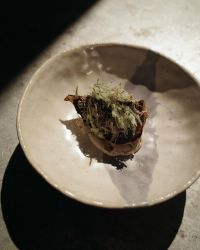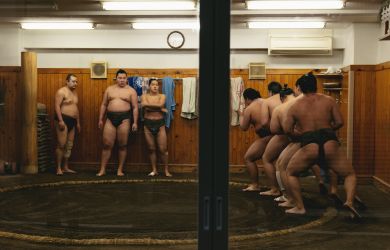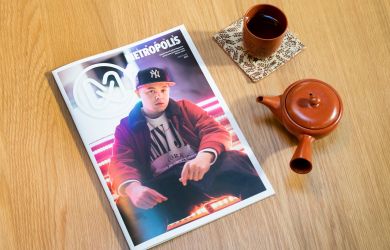
Originally published on metropolis.co.jp on January 2011

Illustration by Phil Couzens
Like many teachers in the JET Programme, I was wowed by my first impressions of Japan when I stepped off the plane in 2000, and was whisked away to a three-day orientation at the Keio Plaza hotel in Shinjuku. Reality set in, however, when I arrived in my new island home of Hirado in remote Nagasaki Prefecture.
Nonetheless, I grew to love the place, with all of its endearing quirks and fascinating history (did you know that William Adams, the real-life inspiration for the protagonist in James Clavell’s Shogun, is buried in Hirado?). Like most ALTs, my original plan was to do a year in Japan and then head back home. Upon reflection, however, one year seemed far too short to do much more than scratch the surface of Japanese language and culture, so I re-contracted with JET for a second, third and then fourth year.
Feeling restless and longing for something different, I headed home to the US to attend grad school and ended up working for the federal government. My Japan connections slowly faded, due to the time and distance between me and Nagasaki. I still maintained contact with some former students and teachers, but the prospect of seeing any of them again seemed less and less likely as the years went by. Part of me still hoped for another chance to live in Japan, but quite honestly, I never imagined I would have the opportunity.
After working for the government for a number of years, I once more got the itch to move overseas. I applied for positions with the Peace Corps, US State Department, US Agency for International Development, and the prestigious Mansfield Fellowship, none of which came to fruition. Ironically, the longest shot of all was the one which finally brought me back here, as a Rotary International World Peace Fellow at Tokyo’s International Christian University.
During my time in Nagasaki, I’d learned a good amount of Japanese, traveled throughout the country, and earned my black belt in karate. In the intervening years, both my nihongo and martial arts skills diminished considerably, but in many other ways, coming back to Japan has felt as comfortable as slipping on a summer robe. The familiar feeling of riding the efficient trains, decoding kanji, and perusing the endless selection of new conbini drinks all remain the same.
And yet, the Japan I knew seems to be lost, or at least somewhat faded. The cool confidence of the Koizumi era has given way to leaders who seem tentative, at best. While the shopping streets remain packed, the sunny optimism I remembered has been tempered by the feeling that Japan is not quite as resilient as it once was. I notice the ubiquitous “herbivore” males and wonder if they haven’t realized something I can’t see. I’m not sure what to make of their studied nonchalance and disconnection from the hyper-corporate culture that rebuilt the country after the war. Is Japan already a post-salaryman society drifting comfortably, if not purposefully, on an uncharted course? Has it changed so much in the last decade that it is no longer striving to be in the top tier, much less the vaunted number one?
In coming back to Japan, I have realized that in many ways I still view the country through the prism of a JET newbie in rural Hirado. But while I’ve certainly changed quite a bit in the decade since then, so has this country. The “Japan” that I knew and grew to love could not be the same today, just as the person I am now could not go back to that first time and place I discovered. That, in many ways, has been my biggest lesson here in Tokyo.





